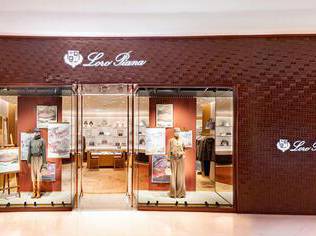Forever 21 wowed crowds in Vienna, Austria today with the first of eight holographic fashion shows he world, conceived and produced with the help of space150.
The show, held in a special venue at Volksgarten, Vienna, Austria, to celebrate the opening of the flagship Vienna retail store, gave invited fans and customers the chance to see breaking fashion trends in a runway show comprised entirely of holographic models.
“Our customers are always searching for the next big thing, or fashion trends before they happen,” says Linda Chang, senior marketing manager, Forever 21. “We love that about them, so we are always thinking about how to surprise them, show them things they’ve never seen before and give them new exciting ways to get involved with Forever 21.”
Conceived by space150 digital agency, the show features a runway first: no live models.

Holographic models, wearing designs from Forever 21’s new line, walk the runway, disappear into starbursts and climb invisible staircases that light up underfoot.
The Vienna premiere is the first of eight events including upcoming holographic runway shows in London, Belgium and New York.
“Forever 21 is a phenomenon,” says space150 founder and CEO Billy Jurewicz, “They’re a leader in bringing accessible, up-to-the-minute fashion to customers everywhere. We designed these holographic shows as a more advanced way to premiere a new line that is more controllable, less hassle and has much greater impact for the same price as a traditional runway event.”
Forever 21’s program of digital brand entertainment began in June 2010 with the introduction of an interactive Forever 21 billboard in Times Square, New York. Also conceived in partnership with space150, the board located on the site of the iconic Virgin billboard, features giant onscreen models interacting in real time with customers on the streets outside the store. Models snap Polaroids of the crowd in real time or pick people up and drop them into a store shopping bag.
“Our whole approach at space150 is about destroying convention to create demand,” adds Jurewicz. “We’re not saying the traditional runway show has seen its end, but this technology and concept really rethinks the idea of what a runway can now do.”















